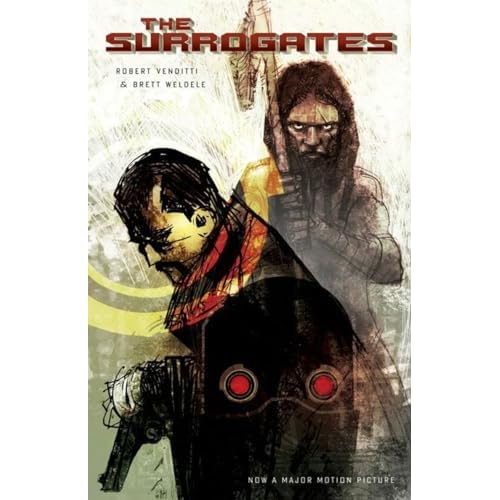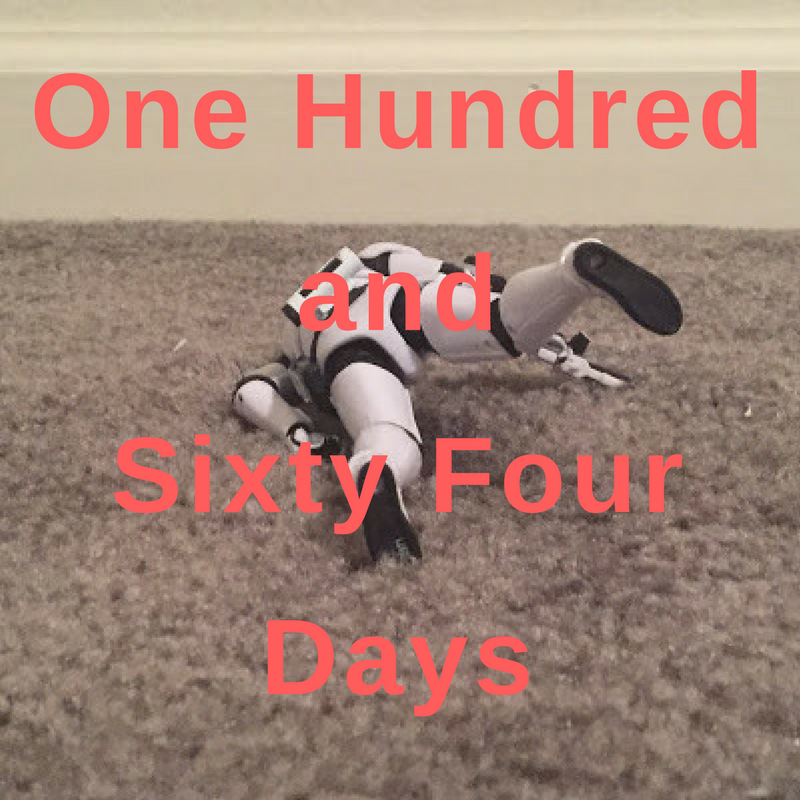Bah! Humbug!There is no worse feeling in the world than trying to rewrite something you already wrote. It's like walking uphill with cinderblocks strapped to your feet -- one of those things that you don't want to do, and will resist for as long as possible. That review I mentioned yesterday? It's still gone, and I am procrastinating rewriting it. Since no one ever posts a comment to the reviews, I'm sure that means you're all just too stunned by the greatness of my intellectual heft to say anything. I get many, many more responses whenever I throw out some off-the-cuff references to bad superhero comics than for the reviews which I painstakingly assemble for seemingly no-one's benefit but my own. Perhaps I should just stick to posting old
ALF covers? That's a good old standby.

This is a fun cover that highlights one of the most prominent devices in the
ALF comic world (as well as the two short-lived ALF animated series), i.e. spoofing pop culture by creating a "Melmac" surrogate (Melmac was ALF's home planet). Just on the cover here you've got the Melmacian X-Men (the X-Melmen, complete with a Michigan Wolverine) a Melmacian Marx Brothers, and a Melmacian viking (I really don't remember) -- in addition to ALF's alter-egos as the super-heroic Fantastic Fur and sports mascot the Crazy Critter. That's quite a lot of permutations for one character, and it's conceivable that had the series ran longer they could have kept it up. It would have been nice to see a Melmacian spoof of
Titanic.
And incidentally, what do you think the audience for
ALF really was, if they could successfully spoof the Marx Brothers? How many kids do you know who sit around watching
Duck Soup, or even know who Groucho is enough to get the joke in the first place? I think this is another instance of comic creators' cultural literacy coming out in odd, and arguably inappropriate places. There's a certain type of comics writer (mostly active in the 70s and 80s, but there were still a few into the 90s) who liked to pepper their mainstream superhero work with references to totally obscure (or just antiquated) pop culture references that could only go totally over the heads of the presumed target audience -- and that's even
if you assumed the target audience was older than kids and preteens. I can't think of any instances off the top of my head, but it was pretty common for a while, and I always imagined that kind of stuff must have confused kids more than anything else.
I used to hate Kid Rock. There was something about his proudly ignorant, self-satisfied white-trash persona that rubbed me all kinds of the wrong way. His music was disgusting. He was not above championing his own tastes in the press, and invariably they were lousy. And he never,
ever seemed to wear a shirt, at least back in the day, and he most certainly did not have the kind of physique that could in any way carry off shirtlessness.
But I see now that my hatred for the Kid was nothing, merely a little schoolgirl crush, compared to my deep and abiding loathing for Nickelback. Just the sound of Chad Kroeger's voice is enough to send me into spasms of fury. At the same time, the music itself is so despicably smooth, so unconditionally populist in appeal, that it can't help but worm its way into your brain, much like a hideous brain gremlin.
When I tune in to watch
Doctor Who on Sci Fi every week, they invariably run a ton of promos for
Battlestar: Galactica. And for some reason they decided that the music they needed to use to promote that show was Nickelback, in particular this one twenty-or-so second loop of whatever their latest "hit" is. This same loop that has been bouncing in and out of my head for months, like some sort of early-onset senile dementia in the form of a recurring aural motif. You ask why I will never, ever watch
Battlestar: Galactica? Because that show has significantly lowered the quality of my life, without me having ever seen one episode. Hell, I have never to my knowledge actually heard a Nickelback song all the way through, and yet I have a handful of their "hits" hardwired into my mind. That is just despicable, any way you slice it. I'd rather remember all the steps to the Macarena* than ever, ever think about Nickelback again . . .
I imagine the guys from Nickelback living in some fetid swamp in Angola or Myanmar, covered in insects and swimming in boiling vats of blood and feces. They arise from their millennial slumber to stalk the world of Men, sneaking up behind innocent women and strangling them with piano wire, sucking the souls from their dying breaths in order to survive another night of grim half-life.
And yes, I know what you're thinking -- I'm going too soft on them. I'm just kind like that.
I have never liked the work of Frank Miller. There are a hundred little reasons why, none of which I have ever gotten around to articulating, but it all adds up to a pretty strong dislike that borders on the visceral. Be it the historical fudging in
300**, the rampant crypto-fascism of
Dark Knight Returns, or the borderline incomprehensibility of just about everything he's done since the turn of the century, I find new ways to hate the man's work with every turn of the screw.
But the absolute worst aspect of Miller's work is the unremitting sexism. I'd argue that it's even worse than Dave Sim: with Sim, you at least know
exactly what you're getting every time you plunk the change on the counter -- Sim is many things but he is rarely ambiguous. But somehow Miller manages to wrap some pretty toxic notions of womanhood and femininity into his work while still retaining a huge contingent of female fans, some of whom even think works like
Sin City are empowering.
We've talked a lot on this blog about sexism, mysogony, and the perceptions thereof -- if I, as a man, perceive something as being sexist, while someone else, a woman, does not, is the object in question actually sexist? Do I have the right to be more "sensitive" to these issues than an actual woman? What about when my own damn mother tries to tell me that I should watch
Sin City, even though I'm pretty certain I'd find the film as loathsome and derivative as I found the books?
Well, someone has finally articulated exactly how I feel on the matter. I have no clue who
Richard Pilbeam is, but
Heidi linked to
this blog post yesterday. It's worth reading, but one passage in particular screams to be highlighted:
Imagine a movie that's as blatantly, hatefully racist as Sin City is blatantly, hatefully sexist. Where everybody black is either a slave or a minstrel, and their only purpose is to be victims, die horribly, and have racial slurs hurled at them. Where all the heroes, all the protagonists, all the people who carry any weight in the narrative, are white. Where - and here's the kicker - this worldview is never, ever challenged. The blacks like being slaves, for this is the way nature intended it, and the "good" whites are protective of the blacks because, despite a few of them being ninjas, they only defend their own turf, and anybody outside of that is utterly helpless.
Would this be acceptable, even if it was ostensibly "a parody"? Remember, there was a time when these attitudes were common, so it's retro! If it criticised any of the stereotypes, then it wouldn't be faithful to its sources! It's using 21st century ideas and technology to go where Song of the South always intended!
That, right there, is exactly what I've been thinking for quite some time. And before you automatically reply with "well, it's not the same thing!" -- just think a minute. Exactly
how is it different? Are we not supposed to treat women with as much respect as we treat black people? Is it supposed to be "empowering" that some of the women in
Sin City can "kick ass", even if they are still limited to the status of objects in the context of this all-male fantasy land? Are we supposed to admire the refurbished genre cliches simply because they are being used in a supposedly self-aware manner? I don't think they're being used in a particularly self-aware manner.
Sin City reminds me of a scene out of Dan Clowes'
Pussey!***. Dan Pussey has taken his latest magnum opus to, I believe, the Art Spiegelman stand-in, who gushes rapturously about the subtle, arch postmodernism of Pussey's repurposing of genre cliches, or some such shit. To which Pussey replies, succinctly: "It's supposed to be
Star Trek meets
Batman". Miller may once have had a distinctive visual style, but that doesn't mean he was ever a conceptual genius. Sometimes a cigar is just a cigar: the alternative is that Miller is the single greatest deadpan performance artist since Andy Kaufman. And honestly, based solely on his work, I just don't think he's as smart as all that.
*Yes, at some point I did indeed know all the steps to the Macarena.
** I
hate historical fudging. It's one thing to speculate on what isn't known, or to weave speculation or fantasy in with "real" history (as long as a reasonably intelligent audience can decipher which is which, as with Oliver Stone), but to willingly change the facts because they don't fit in with your story? That means, plain and simple, that part of your story is bad.
***Still one of his best books, dammit.












































